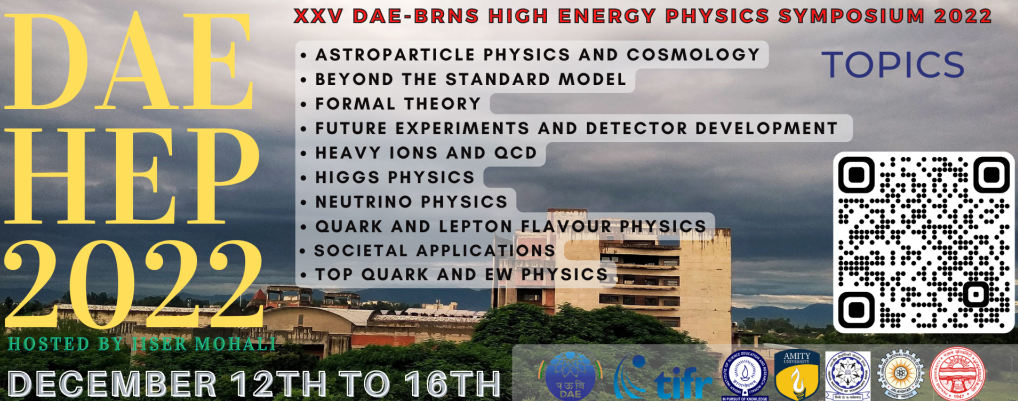Speaker
Description
Many physics analyses at collider experiments are performed with photon as one of the final state particles, if not the only final state object. Identification of photons coming from hard scattering (prompt photons) in proton-proton collisions thus plays a crucial role. A major background comes from photons produced from π0-decays and fragmentation processes in jets. In order to identify the prompt photons, many identification (ID) variables are constructed that can discriminate against these non-prompt photons. Isolation variables are among those ID variables and they can be calculated from either the energy deposits in the detector (cluster isolation variables) or from particle candidates formed by merging appropriate energy clusters (particle isolation variables). In the present work, a comparison study of the performance of these two kinds of isolation variables and their combination was done using Monte Carlo samples for the Compact Muon Solenoid (CMS) detector at the Large Hadron Collider (LHC) experiment. The photon ID criteria were tuned by optimizing these isolation variables along with other ID variables (shower shape variables) using the genetic algorithm for three working points at 90%, 80% and 70% efficiencies for the prompt photons and will also be discussed. The cluster isolation variables showed improved performance in the preliminary study and currently, the same is being explored in the context of latest proton-proton collisions at the LHC.
| Session | Future Experiments and Detector Development |
|---|
